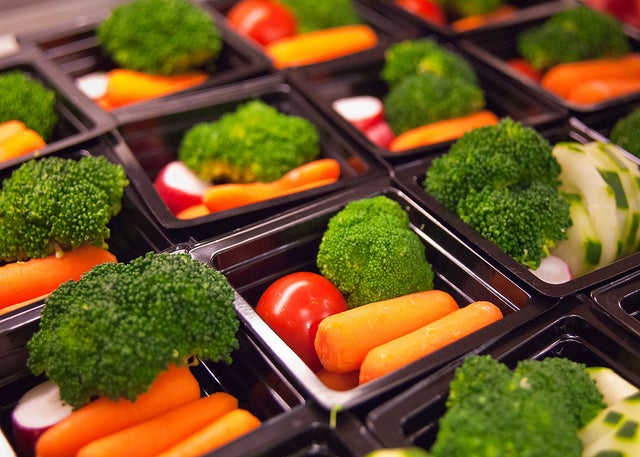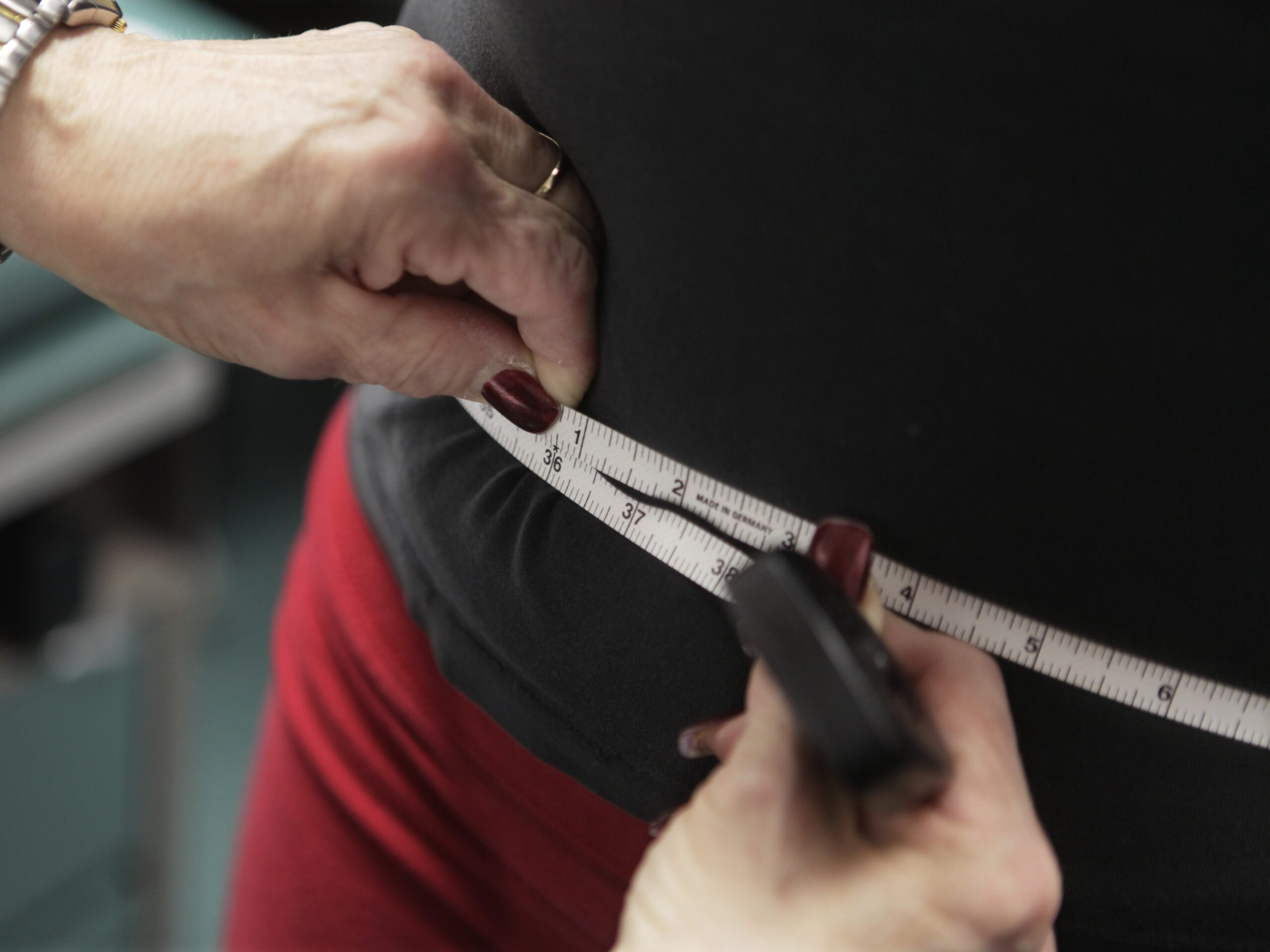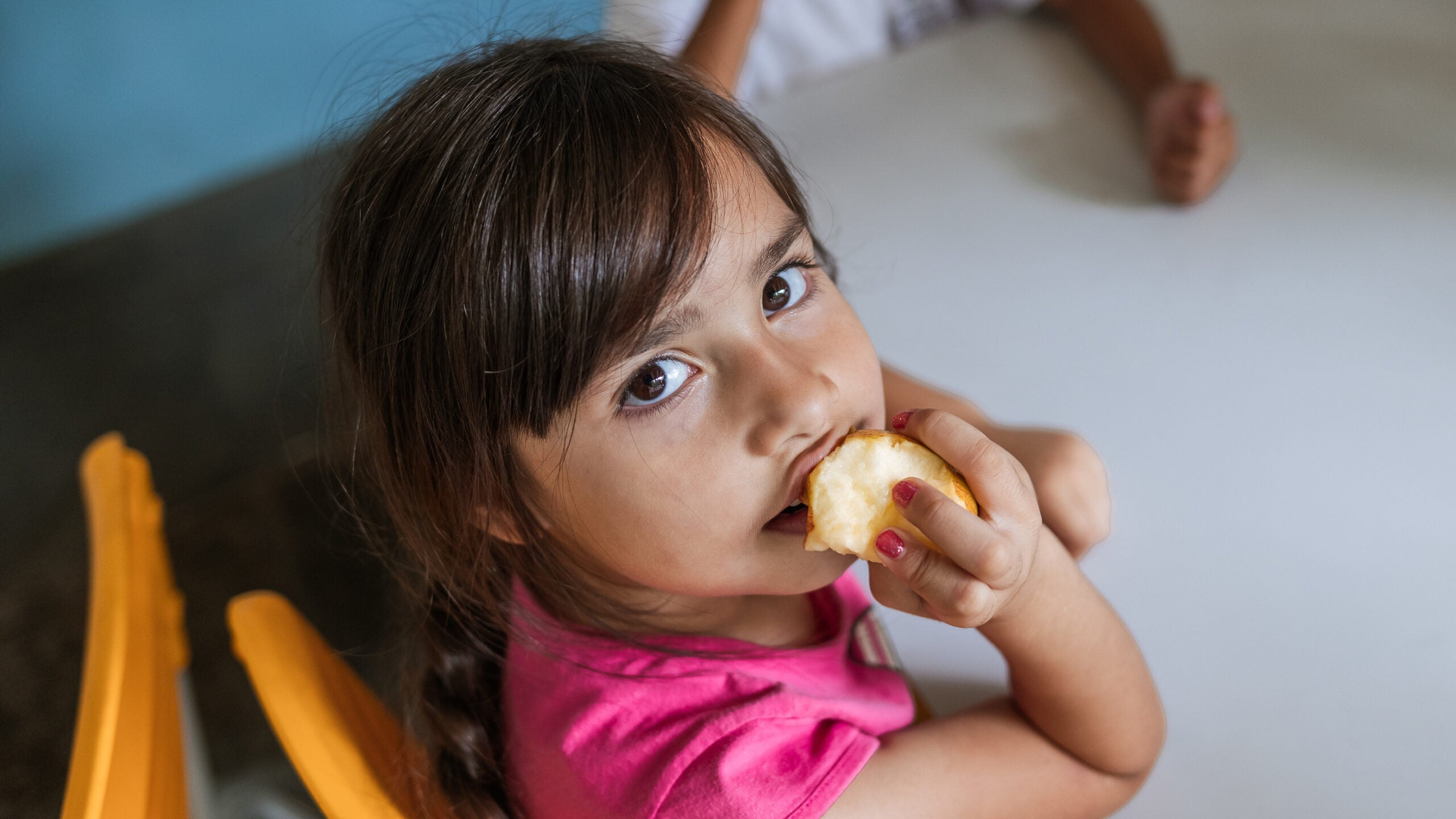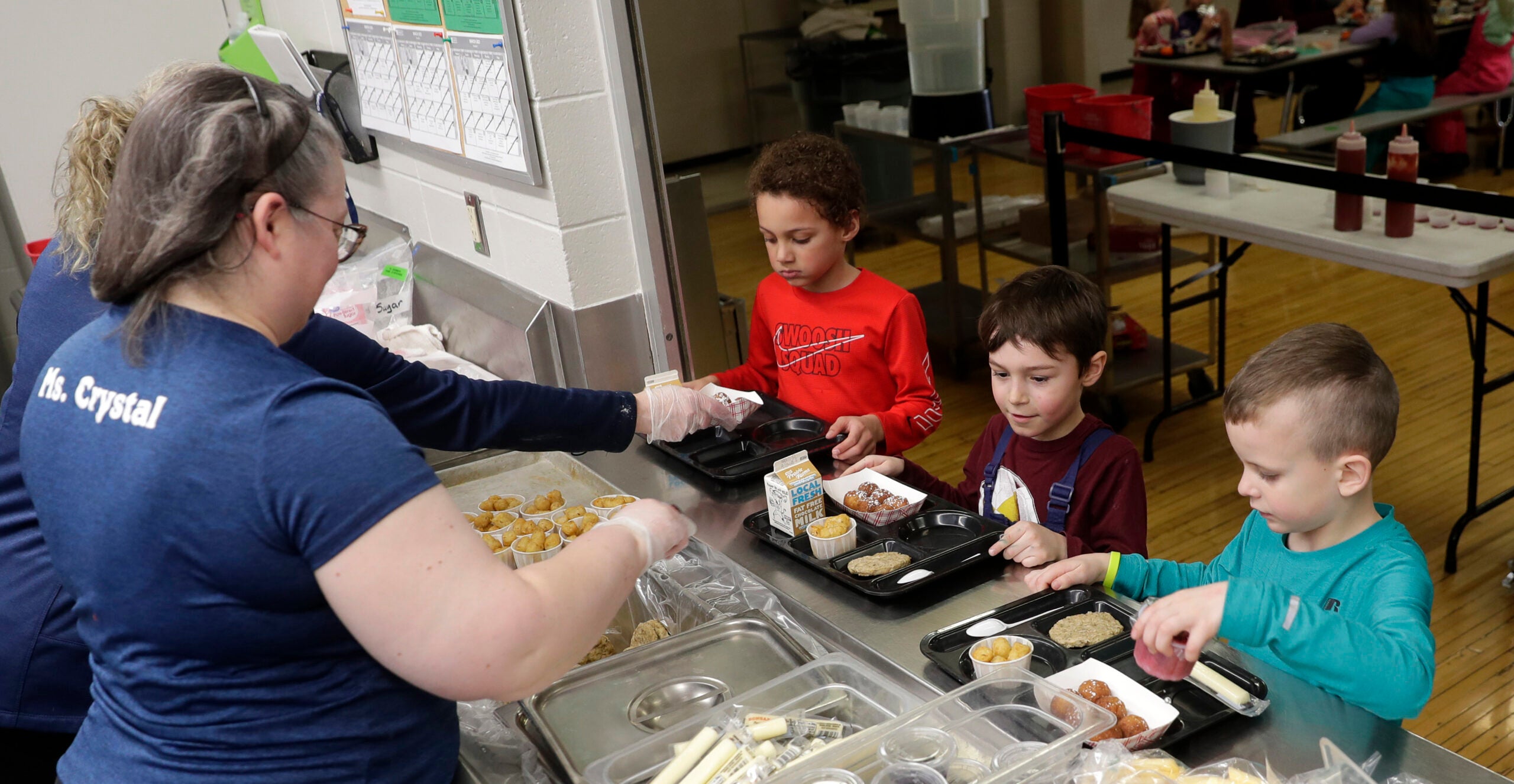A Virginia Tech study comparing lunches served by the National School Lunch Program with those that students bring from home shows that the school lunches are usually more nutritious.
The National School Lunch Program serves about 60 percent of public school students across the country. Federal nutritional standards were implemented for school lunches in 2012.
Researchers observed more than 1,300 lunches at three Virginia elementary schools. Packed lunches were significantly higher in carbohydrates and fat than school lunches.
Stay informed on the latest news
Sign up for WPR’s email newsletter.
Cassandra Vanderwall is a registered dietitian with University of Wisconsin Health who was not involved with the study. She said that different factors determine what goes into a lunchbox, like how much money the family has and how much time a parent has. Another consideration is avoiding waste by packing foods they know their child will eat.
“So they’ll often choose foods that may not be the healthiest, but they know that their child will consume and have the energy they need to work, learn and play,” Vanderwall said. “And that could often be packaged peanut butter and jelly sandwiches, or they could be chips, or they could be juice or sugar-sweetened beverages.”
Patty Larabell is a registered dietician with Meriter-UnityPoint Health, and was also not involved with the study. Larabell said that what others eat influences kids.
“I think it’s really important for parents and other caregivers to model healthy eating,” Larabell said. “Because whether we like it or not, our children are watching us. So we have an amazing opportunity to shape our children’s lifelong dietary habits, which can affect risk for cardiovascular disease, diabetes, (and) cancer.”
These latest findings are similar to those released last summer based on elementary schools in Massachusetts. That study found that fewer than one-third of home packed lunches met requirements for fruit, vegetables, grains, protein source and milk.
Wisconsin Public Radio, © Copyright 2024, Board of Regents of the University of Wisconsin System and Wisconsin Educational Communications Board.





